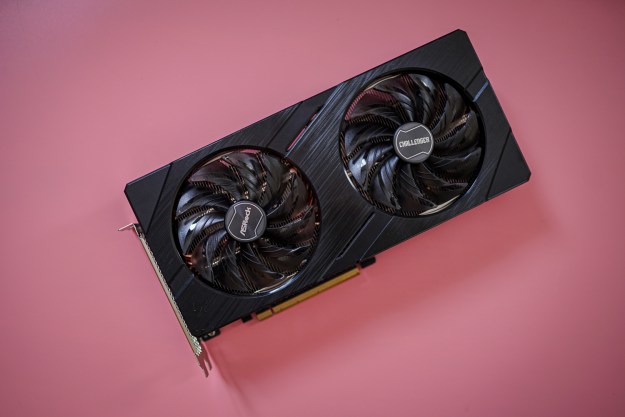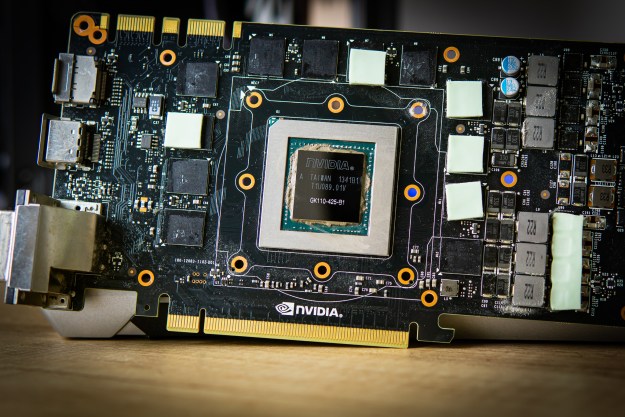Intel has finally shared some news about its Arc Alchemist lineup, and not a moment too soon. After weeks of speculation about delays and possible release dates, we finally know more about the upcoming first-gen Intel gaming graphics cards.
The tech giant seems to have huge plans for Arc Alchemist. The company has announced that it’s readying to ship 4 million Arc GPUs before the end of 2022, and it also outlined possible launch windows for laptop, desktop, and workstation models. There’s also a little cherry on top of an already great sundae — Intel has teased next-gen “ultra-enthusiast” GPUs.

Intel is hosting an investor meeting and it has prepared a road map to go with it that covers some of the plans it has for the year. Perhaps some of the most interesting information is related to Intel’s upcoming discrete graphics cards lineup, which has been long-awaited.
The road to the release of Intel Arc Alchemist has been quite rocky so far, with multiple conflicting rumors and very little information from Intel itself. While a full Arc release was hoped for in the first quarter of 2022, we know for a fact that it won’t be happening. However, Intel has confirmed that the first laptops containing Intel’s discrete gaming GPUs will begin to ship in the first quarter of this year.
Desktop users will have to wait a little longer to get their share of Intel Arc. Add-in cards for desktops will begin shipping in the second quarter of 2022, followed by workstation GPUs in the third quarter. Intel’s desktop graphics cards are rumored to rival some of the best GPUs that AMD and Nvidia currently offer, matching or even surpassing the performance of Nvidia’s GeForce RTX 3070 Ti.

Intel’s cards are being prepared by the Accelerated Computing Systems and Graphics Group (AXG,) and there will apparently be plenty of GPUs. Intel said that AXG is on track to ship up to 4 million graphics cards before the end of 2022. At a time when
The company has also teased next-gen graphics cards, dubbed Intel Arc Celestial. Intel has said that these cards are made to address the “ultra-enthusiast segment.” Not much else has been said, but if Celestial is meant to be a high-end GPU, it will likely have to rival not just the current top GPUs, such as the RTX 3090, but also future Nvidia and AMD models. It seems unlikely that Intel will release Arc Celestial this year, which implies that it will be a competitor for Nvidia’s Ada Lovelace and AMD’s next-gen
Intel’s news is great all around, and if everything does work out as planned, we’ve got an exciting year ahead. With the GPU market as dry as it is, we’ll take any GPUs by this point — as long as there’s a steady supply.
Editors' Recommendations
- Intel Battlemage graphics cards: release date speculation, price, specs, and more
- GPU prices are back on the rise again
- You shouldn’t buy these Nvidia GPUs right now
- The most common GPU problems and how to fix them
- GPUs just broke a 25-year-old record





